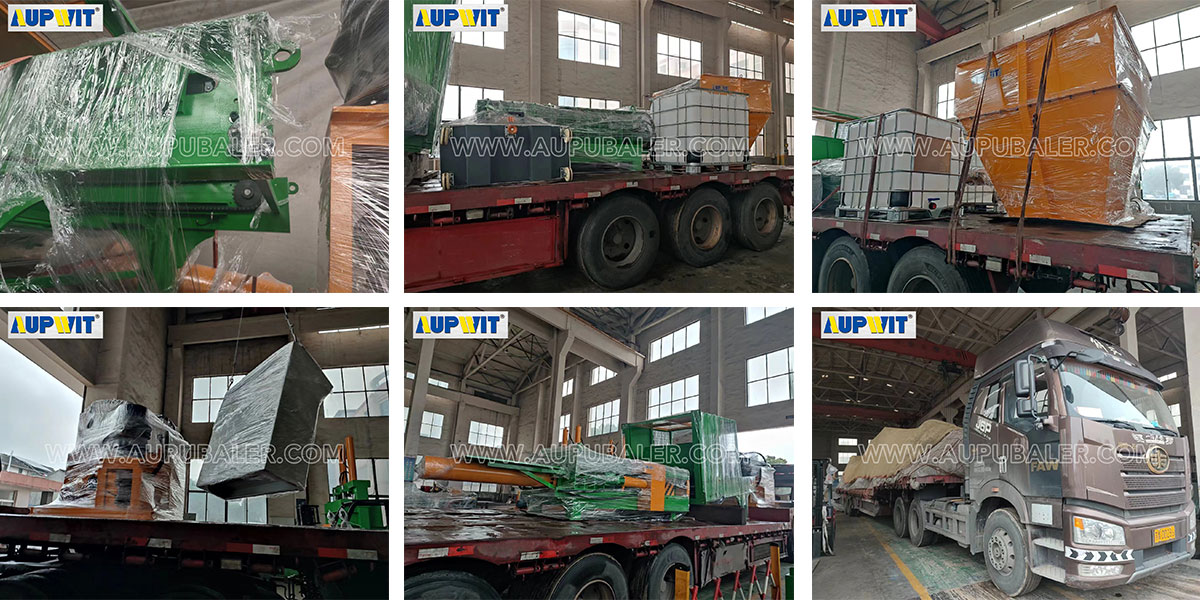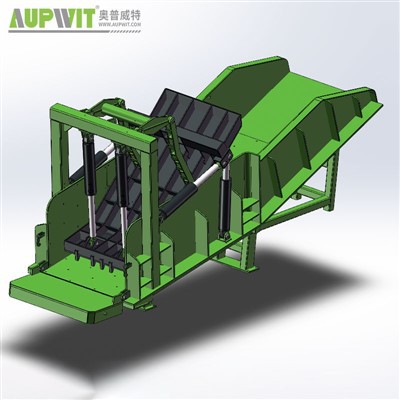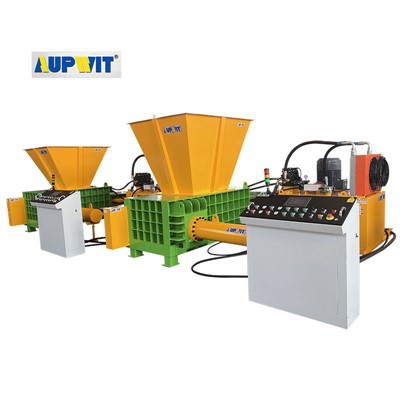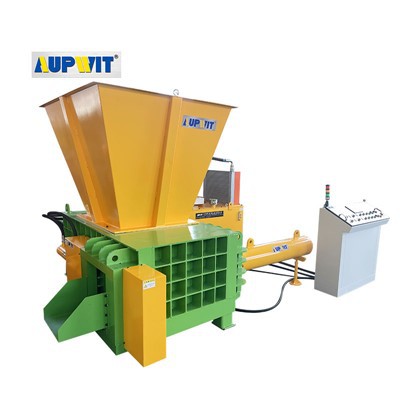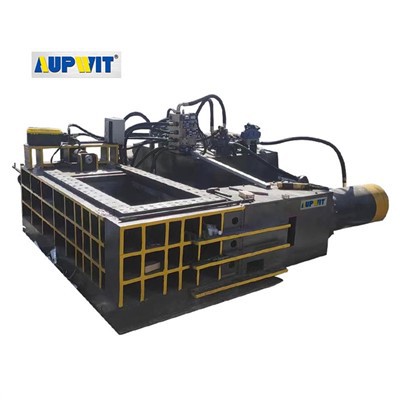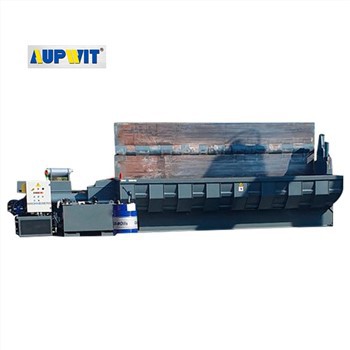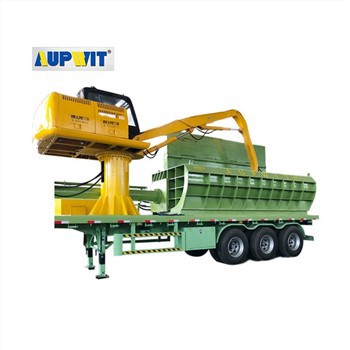Particle size control: Ensure that the particle size of the material entering the briquetting press meets the equipment requirements, and use crushers, screeners and other equipment to pre-treat the material to prevent the material with too large particle size from entering the equipment and causing blockage in the feed port or mold channel. For example, for wood chip briquetting, the wood chips should be crushed to a suitable particle size to prevent large pieces of wood chips from getting stuck.
Humidity adjustment: Control the humidity of the material within an appropriate range. Materials with too high humidity are prone to sticking together, and materials with too low humidity have poor formability. The humidity of the material can be reduced by drying, drying, etc., or by adding an appropriate amount of water to increase the humidity. For example, before briquetting straw, it is more appropriate to adjust the humidity to 12%-15%.
Impurity removal: Remove impurities such as metal and stone from the material to prevent these hard substances from entering the equipment, blocking the channel or damaging the mold. Magnetic separation equipment or vibrating screens can be installed before the feed port to screen out impurities in advance.
2. Reasonably set equipment parameters
Adjust the feed speed: According to the pressing capacity of the equipment and the characteristics of the material, reasonably set the feed speed to avoid material accumulation and blockage caused by too fast feeding. When processing materials with poor fluidity, appropriately reduce the feed speed.
Optimize pressing parameters: Accurately set the pressure, pressing speed and holding time according to the properties of the material to ensure that the material can be smoothly formed and discharged. If pressing materials with higher hardness, it is necessary to appropriately increase the pressure and extend the holding time to prevent the material from being blocked by the mold due to uncompacted materials. 3. Strengthen equipment maintenance and cleaning
Regularly check the mold: Regularly check whether the mold channel is worn, deformed or has residues, and clean the accumulated materials in the mold in time to prevent the accumulated materials from hardening and blocking the channel. When the mold is found to be severely worn, replace it with a new mold in time.
Clean the feed port and conveying device: Regularly clean the feed port and conveying device to avoid material residue accumulation. Check the screw conveyor, belt conveyor and other components to ensure their normal operation and prevent material blockage due to poor conveying.
4. Standardize the operation process
Operator training: Strengthen operator training to make them familiar with equipment performance and operating specifications, and master the emergency methods for handling material blockage. Operators should start, run and stop the equipment in strict accordance with the operating procedures to avoid blockage caused by misoperation.
Monitor equipment operation: During the operation of the equipment, monitor the feeding, pressing and discharging conditions in real time, and make timely adjustments if abnormalities are found. If the feeding is not smooth or the discharging is slow, the machine should be stopped immediately for inspection, and the operation can be continued after the fault is eliminated.
